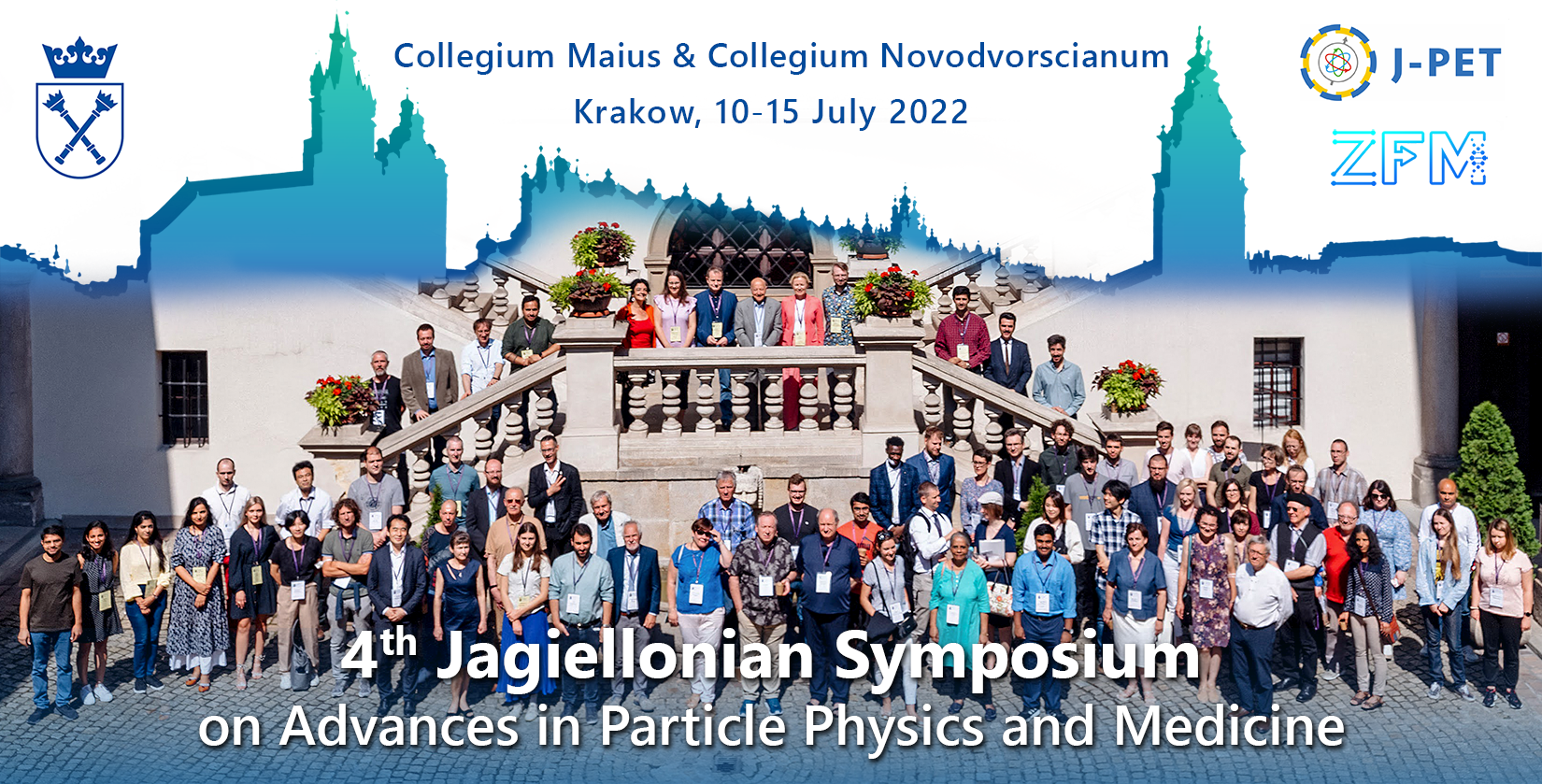Speaker
Description
Authors:
Meysam Dadgar, Faranak Tayefi Ardebili
The unique features that PET scanners have provided to the specialists in diagnosing diseases and investigating the physiology of the body have facilitated the development of a more advanced generation of tomographs in order to improve their performance, called Total-Body PET scans.
Due to the larger AFOV, TB PET scanners provide more extensive detection coverage around the patient's body. They have significantly increased the probability of detecting photons emitted from the patient's body. This issue has increased the sensitivity of TB PETs and enhanced their accuracy in detecting and locating tumors with smaller dimensions. This unique feature can increase the chances of saving the patient by detecting tumors in the early stages.
Along with the numerous advantages of developing TB PETs, the construction cost and maintenance of these systems, due to a large number of electronic components and detectors, have become one of the biggest obstacles to their widespread use in diagnostic and research centers.
J-PET collaboration at Jagiellonian University, as one of the leading research groups in developing cost-effective larger AFOV PET based on plastic scintillators, has been able to introduce a new generation of the systems mentioned above by overcoming the existing limitations.
Besides the hardware challenges in the construction of TB PET systems, the demand to develop image reconstruction software that can support these complex systems was felt due to the significant differences between these systems and current clinical tomographs.
In addition to the cases mentioned above, in TB J-PET, due to the utilization of dual-layer configuration and large AFOV, most of the image reconstruction software are not able to support it.
The Medisip group developed QETIR (Quantitative Emission Tomography Iterative Reconstruction) at Gent University as a flexible software that has overcome the existing challenges in TB PETs image reconstruction.
The main aim of this study is to investigate the performance of QETIR image reconstruction software in J-PET scanners with different AFOVs, and single and multi-layer configurations.

